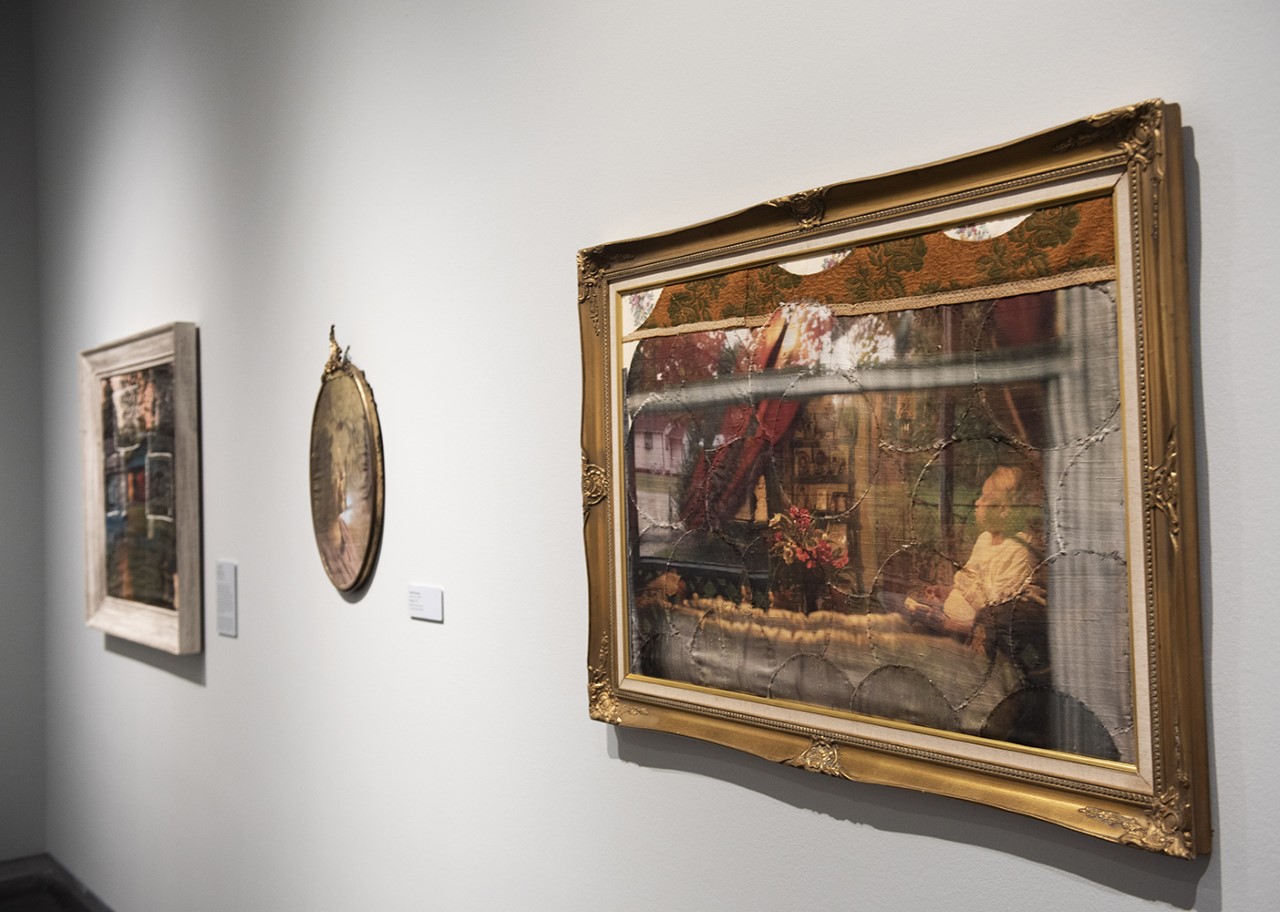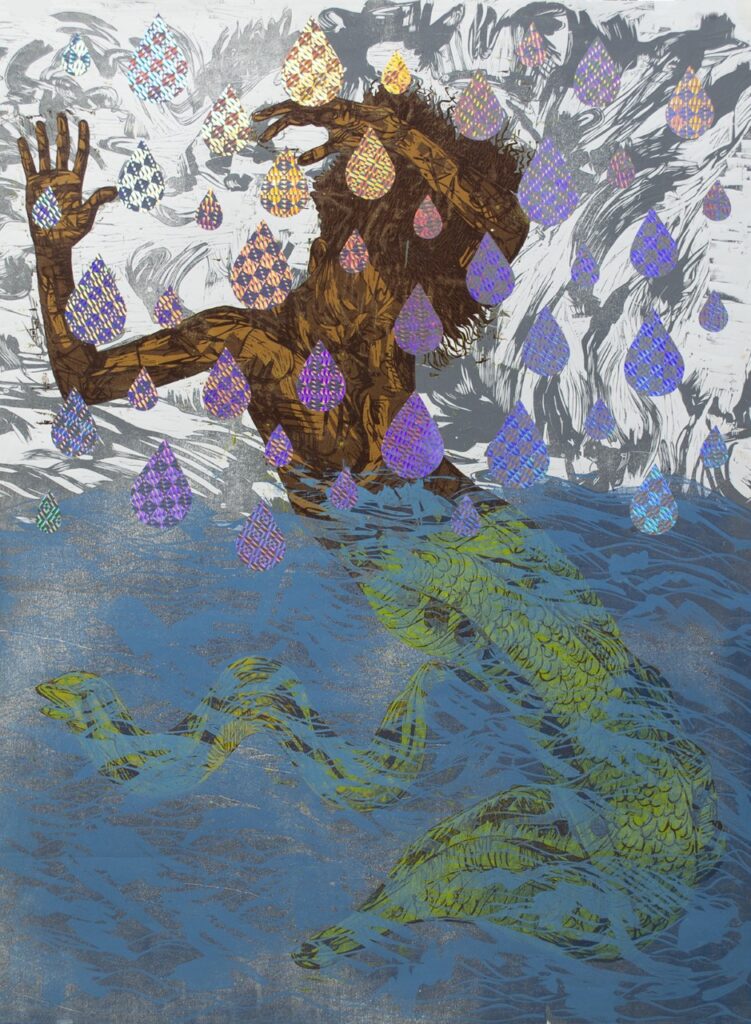
The Capitol Park Museum’s newest exhibits explore African American history
Capitol Park Museum’s newest exhibit offers a glimpse into the creative minds of artists Letitia Huckaby and Katrina Andry, exploring how Louisiana’s history has shaped their worldview today.
The tandem exhibit featuring Huckaby’s unique photography and Andry’s printmaking is available until Sept. 17. Despite being drastically different art forms and telling completely different stories, the artists share thematic elements of upholding their heritages with the state’s complex history.
“We paired this visual contrast that shares the personal elements with Huckaby and Andry in using her family and friends as subjects,” says Historical Curator Anne Mahoney.
|
|
Huckaby’s exhibit, “This Same Dusty Road,” commemorates her faith and family through a multimedia art style including quilted and embroidered photographs. Huckaby was born in Germany and now lives in Texas, but her works expose the legacy of her family that lived along Highway 19 north of Baton Rouge.
Her focus is matriarchal, as a significant portion of her work depicts the women of her family and portraits of sisters of the Sisters of the Holy Family. The centerpiece of the exhibit features the “East Feliciana Altarpiece,” with a grandiose display of Huckaby’s grandmother.
“Her family has deep roots with cotton,” Mahoney says. “Using cotton, near cotton and on cotton, she uses images that are powerful to her that she recreates in her art.”
Andry’s exhibit, “The Promise of the Rainbow Never Came,” tells the tragic stories of Africans sold into slavery who died on the way to the New World.

The route from Africa to the New World, called the Middle Passage, was the route Africans took on the way to the New World. Andry’s printmaking art aims to show how the Noahic covenant of the rainbow—the promise to not be consumed by water—was not fulfilled for the many Africans who were thrown overboard and drowned in the Middle Passage.
“This is in remembrance of all the people who drowned and didn’t even make it to their destination of enslavement,” Mahoney says.
Andry’s art uses imagery of the Africans turning into eels as they enter the water. Andry, through the interpretation of eels, is suggesting how the Africans were looked down upon at the time and are still prone to discrimination today.
Andry’s centerpiece is a large collection of mirrors in the shape of the falling Africans that spans the back wall of the exhibit.
The ability to display both exhibits simultaneously is coincidental, but the museum is very proud to be able to do so, Mahoney says. The exhibits are prime examples of how African Americans have been able to find a passion and share it with the world, despite all the setbacks throughout their history.
“We are proud to show the work of these two contemporary Louisiana artists,” says Lieutenant Governor Billy Nungesser in a press release. “Their works show how artistic interpretations of history and culture can help us see the world in new ways.”
|
|
|
